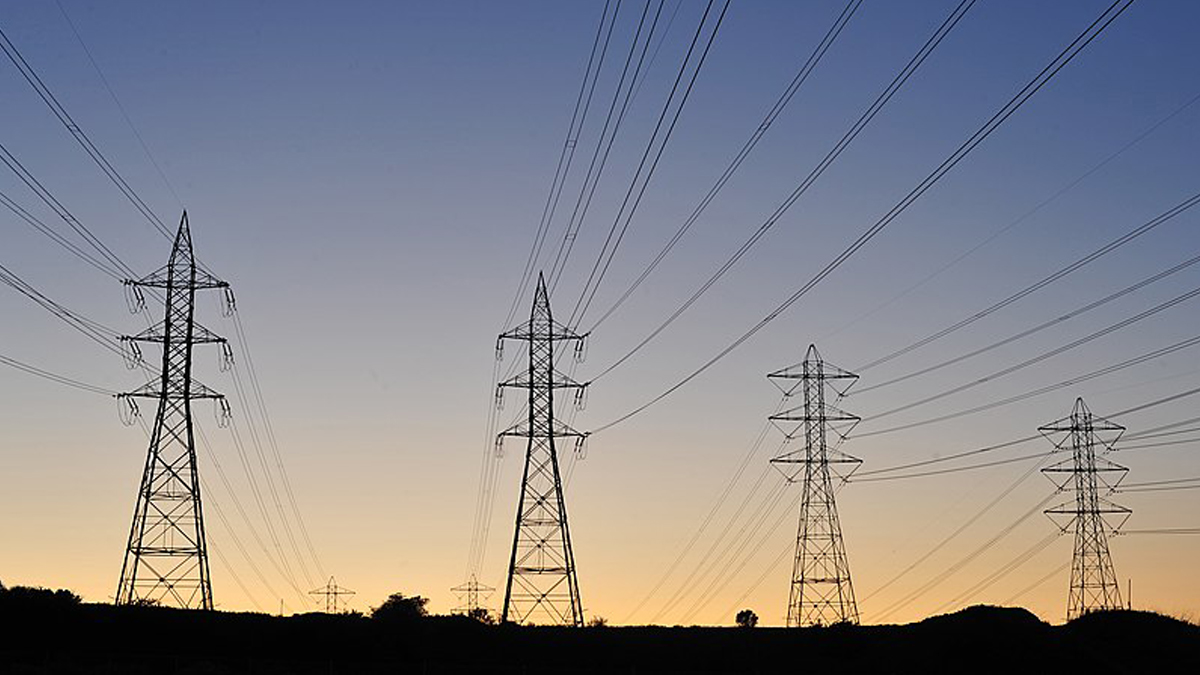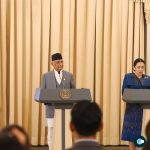
16th Plan: Ambitious Targets for 11,769 MW Electricity Generation

In the quest for a sustainable and energy-sufficient future, Nepal’s National Planning Commission (NPC) has unveiled the second draft of its 16th Plan, spanning from Fiscal Year 2024/25 to 2028/29. The plan outlines ambitious targets, with a primary focus on electricity generation, consumption, and infrastructure development. However, as experts point out, the challenge lies not only in setting lofty goals but also in effective implementation, particularly in the involvement of the private sector. This article explores the key objectives of the NPC’s plan, highlights the criticisms from industry experts, and emphasizes the necessity of a clear policy to encourage private sector participation.
Electricity Generation Targets:
The NPC’s 16th Plan aims to dramatically boost Nepal’s electricity generation, setting a target of 11,769 megawatts over the next five years. This goal represents a significant increase from the previous target of 8,000 megawatts. The NPC acknowledges the shortfall in achieving the 15th Plan’s target, signaling the need for a pragmatic approach to realize the objectives of the current plan.
Per Capita Consumption and Electricity Access:
The NPC has set an ambitious goal of achieving 98 percent electricity access by 2028/29, coupled with a per capita consumption increase from 380 kilowatt-hours to 700 units. While these targets align with the energy development trajectory, some critics argue that the per capita consumption goal remains unchanged from the 15th Plan, raising questions about the feasibility and effectiveness of the proposed strategies.
Infrastructure Development and Transmission Lines:
To support the increased electricity generation, the NPC envisions the expansion of transmission lines to 9,356 circuit kilometers of 66 KV or above by 2028/29, up from the current 5,742 circuit kilometers. However, industry experts, such as Mohan Kumar Dangi, emphasize the need for realistic goals and efficient implementation, citing the past shortcomings in meeting targets.
Private Sector Engagement:
One of the key criticisms voiced by industry experts is the lack of clarity in the NPC’s plan regarding the role of the private sector. While the document acknowledges the involvement of the private sector in the electricity business, it falls short in detailing how such engagement will be facilitated and what policies will be in place to encourage private sector participation.
Addressing Transmission Line Challenges:
A major hurdle in Nepal’s energy landscape lies in the quality distribution and business of electricity, exacerbated by the Nepal Electricity Authority’s (NEA) monopoly on transmission, distribution, purchase, and procurement. The plan touches upon transmission line challenges but fails to outline a strategy for private sector involvement in overcoming these issues.
Legal Framework and Investment:
In light of decreasing government development expenditure, the need for a robust legal framework to facilitate private sector involvement becomes crucial. The article proposes a legal arrangement that allows private sector developers to collaborate on hydropower projects, particularly those exceeding 500 megawatts, fostering a balanced partnership between government agencies, foreign investors, and private sector entities.
Conclusion:
As Nepal envisions a future powered by sustainable energy, the NPC’s 16th Plan sets ambitious targets that signal progress. However, the success of this vision hinges on effective implementation and the incorporation of the private sector into every facet of the energy landscape. A transparent and comprehensive policy framework that addresses the concerns raised by industry experts is essential for turning these aspirations into tangible achievements, ensuring a brighter and more energy-abundant future for Nepal.












Comments